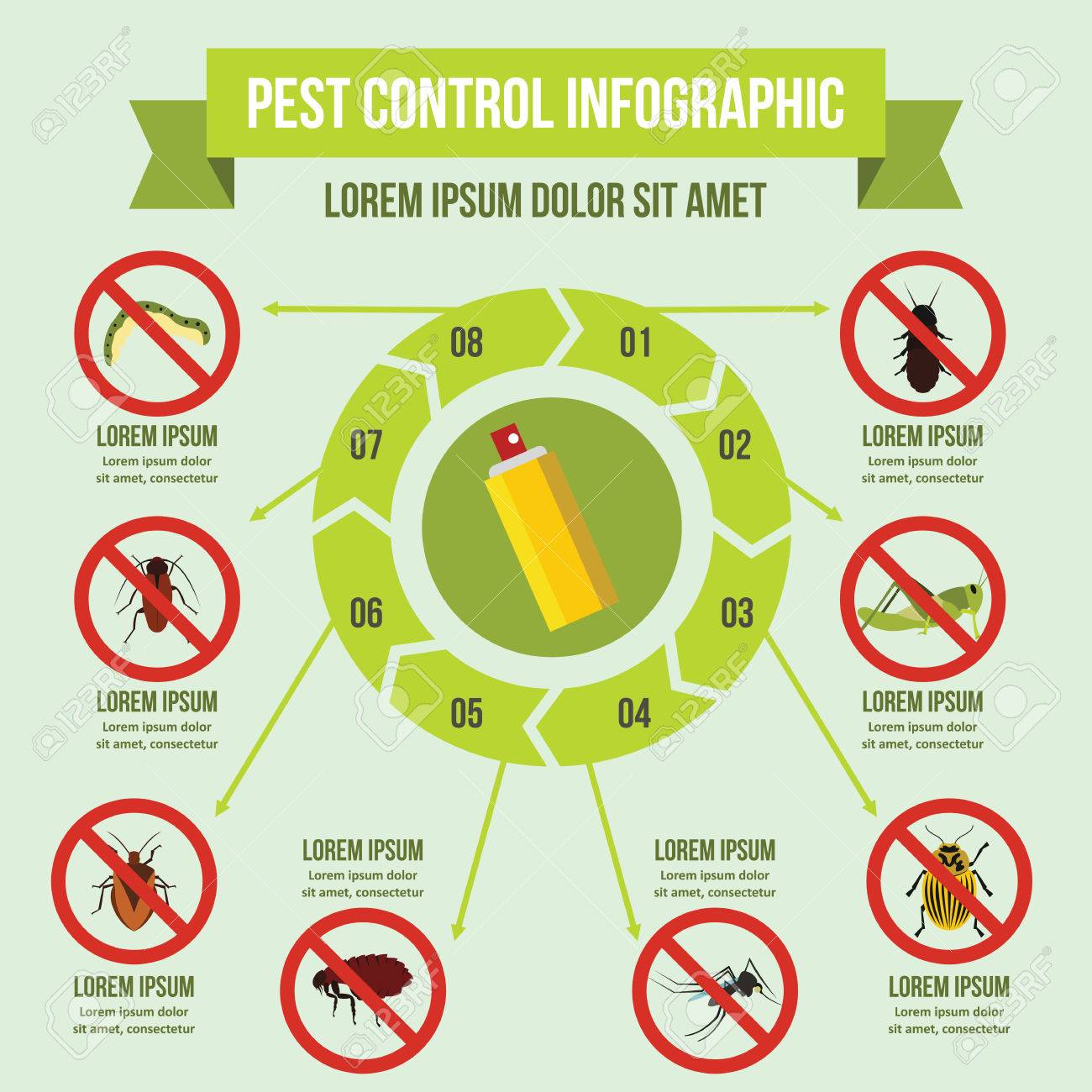Discover The Secrets Of Rodent Actions And Change Your Pest Control Technique! Get Specialist Insights Now And Say Goodbye To Those Bothersome Pests Forever!
Discover The Secrets Of Rodent Actions And Change Your Pest Control Technique! Get Specialist Insights Now And Say Goodbye To Those Bothersome Pests Forever!
Blog Article
Content Create By-Riddle Toft
Think of having the ability to anticipate the actions of your challengers in a video game of chess, constantly remaining one action ahead.
In the world of parasite control, understanding rodent actions resembles having that tactical advantage. By gaining professional understandings right into the nesting habits, feeding patterns, and communication and social habits of rats, you can properly combat these pesky animals.
However exactly how exactly do rodents behave, and why is it crucial to recognize? In this conversation, we will untangle the secrets of rodent behavior, offering you with valuable knowledge that will help you stay in advance in the battle versus pests.
Are you all set to reveal the secrets of these shrewd creatures?
Nesting Behaviors
To comprehend rodent habits and effectively control insects, it is essential to get understanding into their nesting practices.
https://www.brisbane.qld.gov.au/clean-and-green/natural-environment-and-water/biodiversity-in-brisbane/wildlife-in-brisbane , such as mice and rats, have a natural instinct to find shelter and create nests where they really feel secure and safe and secure. These nests work as their homes, reproducing premises, and storage space areas for food. Comprehending their nesting behaviors can assist you determine potential areas of problem and execute targeted control actions.
Rats generally prefer nesting in dark, private spaces, such as attics, cellars, crawl spaces, and wall voids. They use materials like shredded paper, material, insulation, and even chewed-up electric wires to develop their nests.
Feeding Patterns
Rodents show distinctive feeding patterns that play a crucial function in their habits and can notify reliable parasite control strategies. Understanding these patterns is essential for implementing successful parasite control measures.
Rodents are opportunistic feeders, meaning they'll eat whatever food is readily available. They've a preference for high-calorie foods such as grains, nuts, and seeds. This is why proper storage space of food and waste administration are important in protecting against rodent invasions.
Additionally, rodents are nighttime, which means they're most active during the evening when they search for food. By understanding their feeding patterns, you can tactically put catches and lures to optimize their efficiency.
Keeping food sources hard to reach and maintaining a clean atmosphere can assist prevent rodents and reduce the risk of infestation.
Interaction and Social Actions
Understanding just how rats connect and connect socially is important for effective parasite control methods. Rats, like mice and rats, have complicated communication systems that they make use of to share information per other and coordinate their tasks. Below are three key aspects of rodent interaction and social actions:
1. Vocalizations: Rats produce a wide variety of vocal sounds, consisting of squeaks, chirps, and babbling, to interact with each other. These vocalizations can share numerous messages, such as risk cautions or mating telephone calls.
2. Scent marking: Rats make use of scent glands to leave chemical signals on items and in their atmosphere. These scent marks function as territorial boundaries and connect details about reproductive standing, supremacy, and social affiliation.
3. Social hierarchy: Rats have an ordered social structure, with leading individuals having accessibility to resources and preferred nesting sites. Understanding this hierarchy is important for targeting parasite control initiatives and determining crucial people for elimination.
Conclusion
So, there you have it - a brief glimpse right into the interesting globe of rodent behavior. By comprehending their nesting habits, feeding patterns, and communication, we can much better tackle the concern of pest control.
Did you recognize that a women computer mouse can generate approximately 10 litters annually, with each trash consisting of around 5-6 puppies? This astonishing fact highlights the importance of punctual and reliable parasite monitoring to avoid rodent populaces from spiraling out of hand.
